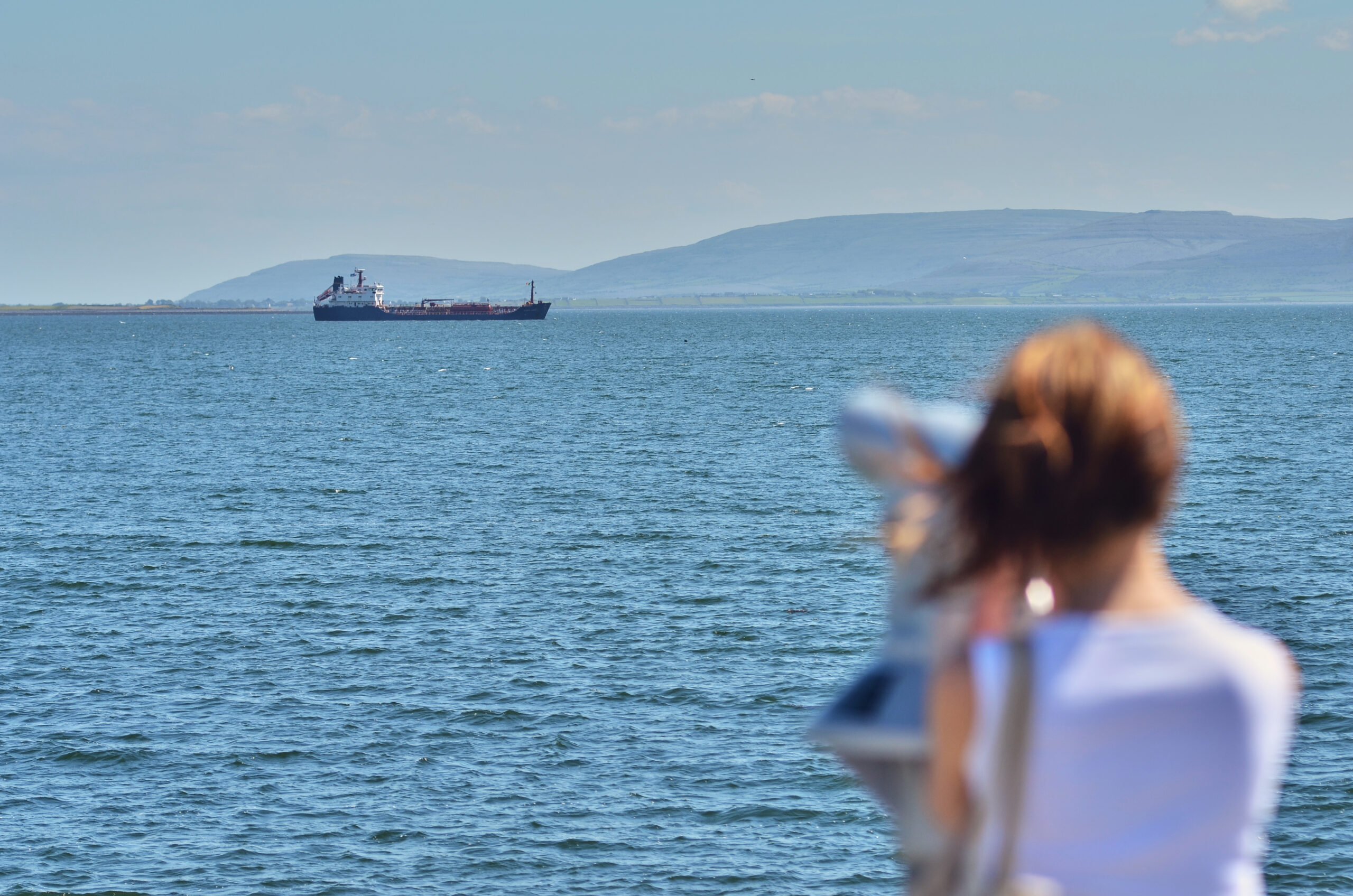Braganza v BP Shipping (2015) – Wednesbury unreasonableness finds a berth in employment contracts
(Last updated: )

Braganza v BP Shipping Ltd [2015] UKSC 17
This case refers to standards of reasonableness while employing contractually-granted discretion, specifically in the context of an employment contract.
Judgment given on 18th March 2015 by the Supreme Court. By a 3-2 majority decision, the UKSC found for Mrs Braganza’s appeal.
The UKSC judgment can be found here.
Timeline of the case:
- Mr Braganza disappears from his cabin: BP holds an internal investigation into the event.
- BP’s investigation found Mr Braganza’s death had six possible causes: ruled suicide the most likely, and thus refused to compensate his widow.
- Mrs Braganza sues BP in the High Court in contract and negligence under the Fatal Accidents Act 1976 and the Law Reform (Miscellaneous Provisions) Act 1934.
- High Court holds for Mrs Braganza in contract, but not in negligence. The court found that BP had not been reasonable in the way that it formed its opinion on Mr Braganza’s death.
- Court of Appeal allows BP’s appeal, disagreeing with the earlier High Court finding on the grounds that BP should have been able to use the ordinary language of probability, rather than legal parameters, and that BP’s report conclusion was not unreasonable.
- Supreme Court allows Mrs Braganza’s appeal in a 3-2 majority decision.
Facts
The case concerns the decision-making process of a BP investigation into the disappearance of a BP employee, Mr Renford Braganza, from a company oil tanker, the British Unity, in 2009. He disappeared from his cabin during the night. BP’s investigation came to the conclusion that Braganza had committed suicide by throwing himself overboard.
This conclusion meant that his widow was not entitled to the death benefits (c.$230,000) provided for in his employment contract; Clause 7.6.3 of his contract stated that death compensation will not be paid if it occurs, in the opinion of the Company or its insurers, as a result of the individual’s own act, omission, or misconduct [judgment para 1]. BP’s own investigation detailed six possible causes of Braganza’s disappearance, concluding that suicide was the most likely.
Judgment
The issue that came before the Supreme Court was whether BP were entitled to have such an opinion, and what test should be used when deciding the matter. The court explicitly stayed away from judging on the cause of Mr Braganza’s death, which was not relevant to the process by which BP investigated the incident and came to the conclusion that they did. Therefore, the issues are procedural rather than results-based.
Key judgment was delivered by Lady Hale. She ruled that the court would indeed to be able to imply a term regarding lawfulness, rationality and good faith into the decision-making process. She explicitly linked this contractual scenario with the principles of judicial review, although they are not exactly the same. This meant that the Wednesbury standard of reasonableness, routinely applied in public body decision-making, could be applied to an employer’s decision-making process.
Lady Hale’s spoken judgment: “Where a contract provides for a decision to be made by one of the parties, it is not for the court to make that decision for them, but where the decision will affect the rights and obligations of both parties, there is a clear conflict of interest, and the courts seek to ensure that the power is not abused. They do this by implying a term that the power must be exercised in good faith, not arbitrarily or capriciously, and rationally or reasonably, in the sense in which that term is used when reviewing the decisions of public authorities. This means that the decision maker must take into account the relevant considerations, and not take into account the irrelevant, and must not reach a conclusion which no reasonable decision maker could have reached.”
The court noted the ‘significant imbalance of power between the contracting parties’ in this case, with an employer generally holding a great deal of power and knowledge when compared to the employee. There are marked similarities with public authority decisions, where that body, be it a government department, local authority, or similar, will generally be in more of a position to abuse a decision-making process than the individual or group that is affected.
The similarity of the reasonableness required for discretionary contractual terms to that of public body decision-making allows for standards of unreasonableness in the latter to be applied to the former. Note, however, that it is not identical – while it is ‘drawing closer and closer’ [28], it is not there yet. Lord Hodge at [53] says that the courts ‘have not yet spoken with one voice’, but thinks in a personal capacity that the court should use both limbs of the Wednesbury test.
Significance
The standard of ‘unreasonableness’ (and thus ‘reasonableness’) defined by Lord Greene in Associated Provincial Picture Houses Ltd v Wednesbury Corporation, and generally used in judicial review, can be applied to commercial situations where one party has the discretion to alter their relationship with the other. The death benefits clause allowed BP to make the decision as to the manner of Mr Braganza’s death – if this power could be exercised freely, without a justiciable standard of decision-making, it could be oppressive to the counterparty, who has no say.
While this standard is not that expected of a court of law or ‘the modern state’ [31], the decision-making process must still be ‘lawful and rational in the public sense…made rationally (as well as in good faith) and consistently with its contractual purpose’ [30].
Contracting parties must handle any exercise of discretion reasonably and with good faith, throughout the decision-making process and with regards to any conclusion come to.
Contact Us